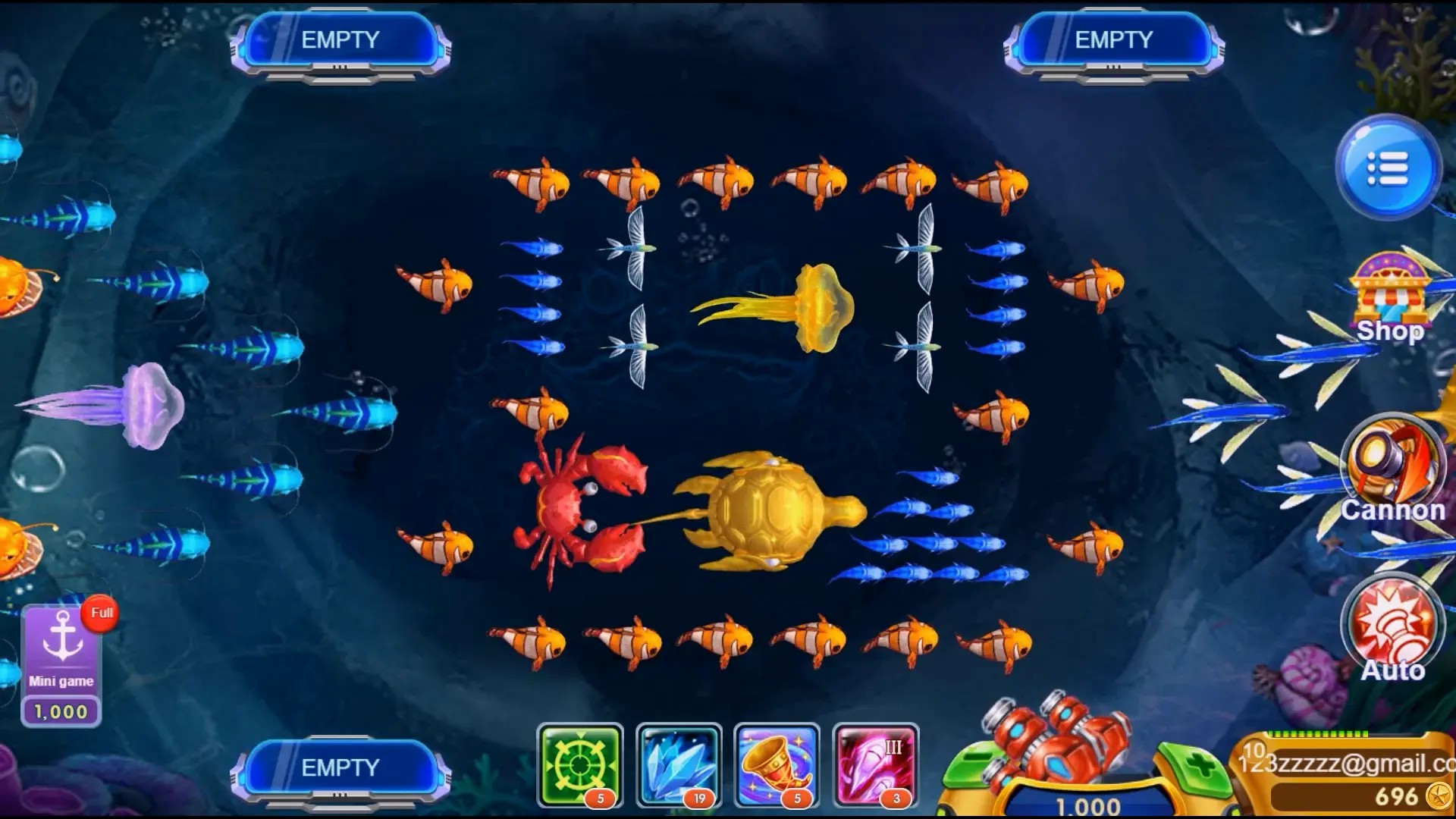What Does it Mean for an Adventure Game to Be Truly Immersive?
Gaming isn't just about flashy graphics and fast-paced action anymore. The best adventure games of our generation have pushed beyond the boundaries of conventional gameplay. They invite you into rich worlds, tell layered narratives, and let the player shape stories through interaction. When a developer says "story-driven," does it still hit the same after playing some titles that blur lines between reality and fantasy? We explore the evolution of immersive storytelling in gaming and spotlight a top-tier lineup that rewrites what interactive fiction can look like.
| Ranking | Game Name | Unique Feature |
|---|---|---|
| 1 | Life is Strange: True Colors | Emotional empathy system + branching narrative trees |
|
||
| 2 | Disco Elysium – The Final Cut | Deep psychological mechanics tied to skill checks |
Remember when “choose your own adventure" was confined to dusty hardbacks from school libraries? Modern game devs revived this with digital layers we didn't think possible even ten years ago. It's less of a passive pick-and-mix experience now. Your personality becomes part of the engine, and consequences linger well past chapter endings.
The Rise of Branching Paths and Player Agency
Let’s rewind briefly—how did narrative agency become such a huge deal? Once upon a time, games were about getting through obstacles in one piece and hitting the big red switch at the final act. But the landscape has shifted dramatically since then. With the growth of RPG systems bleeding into adventure structures, player autonomy evolved rapidly. Titles like *Oxenfree II* introduced supernatural consequences based solely on where you decide to stand in certain scenes—a chilling take on spatial morality.- Choice matters aren’t simple good-or-evil switches anymore. There are shades.
- New mechanics involve emotional trade-offs, where choosing loyalty over knowledge costs you in subtle ways across future acts.
- Better NPC behavior algorithms make allies remember betrayal differently—not by cutscenes alone, but through behavioral shifts.
Why You Should Care About How Stories Are Layered
| Key Innovations Changing Gameplay Perceptions (Ranked Roughly By Impact Factor) |
|---|
| Realistic dialogue fatigue effects that simulate cognitive decision decay |
| Ambient memory replay in response to stimuli (i.e., trauma triggers during exploration segments) ✴ |
| Destructive narration patterns altering how characters speak about past actions as you change playstyle |
#5 - Thirst of the Wasteland Explorer
Imagine waking up surrounded by silence, cracked dirt stretching far under a blood-orange horizon. Water reserves depleating silently behind your HUD while voices narrate inner thoughts as fractured memories. *That's the opening hook of TTE,* where decisions are tied to hydration levels and sleep cycles. Here's what makes it stand out for players chasing realism:- Resource exhaustion affects both physical movement AND story perception clarity
- Certain memories return only during lucid dream breaks—if you're not tracking rest properly, parts of the world stay lost permanently.
- Lack of autosave reinforces irreversible commitment—once forgotten, those secrets fade out forever unless players go digging online communities



